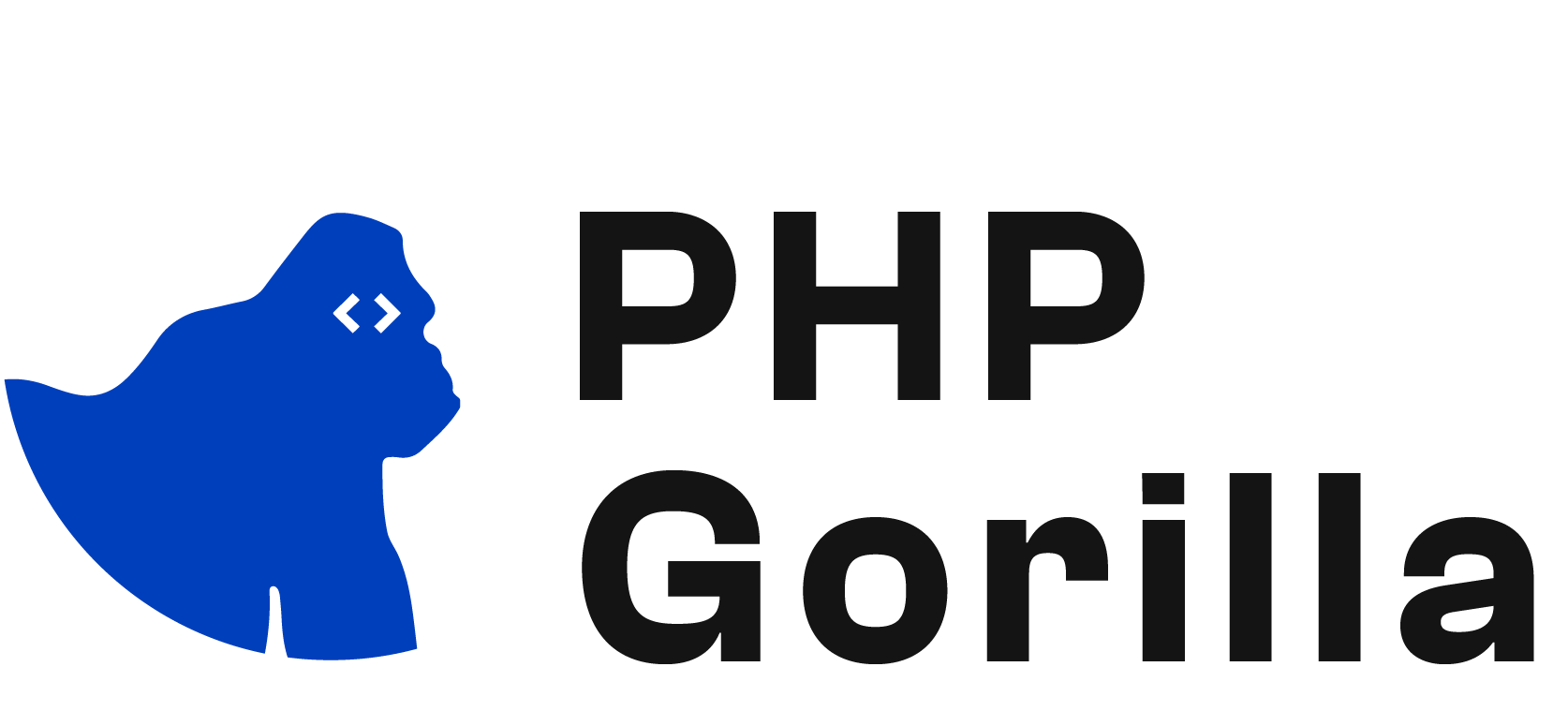In today’s multi-device, multi-browser world, ensuring that your website or application works seamlessly across all platforms is no small feat. Compatibility issues can impact the performance and reliability of your web applications, posing significant challenges to your project’s success. At PHP Gorilla, we are committed to helping you navigate and resolve these challenges effectively.
What Are Compatibility Issues and Why Do They Matter?
Ensuring compatibility is essential because it directly impacts how users interact with your site or app. A site that doesn’t function well on a particular browser or device can lead to a poor user experience, reduced traffic, and even harm your brand’s reputation.
Identifying Compatibility Issues
The first step in resolving compatibility problems is identifying them. Here are some effective methods:
- Cross-Platform Testing: Regularly test your site across multiple browsers and devices. This will help you catch issues early. Tools like BrowserStack and LambdaTest provide virtual environments for comprehensive testing.
- Emulators and Simulators: Use emulators and simulators to mimic different devices and operating systems. While not perfect, they can give you a good approximation of how your site will perform in various environments.
- Automated Testing: Implement automated testing tools that can run a series of tests across different environments to ensure consistency. Selenium is a popular choice for automating browser testing.
Solving Compatibility Issues: Best Practices
After identifying compatibility issues, the next step is fixing them. Here’s how you can approach this:
- Implementing Responsive Design: A mobile-first approach to design ensures that your site adapts well to different screen sizes. Use flexible grids, fluid images, and CSS media queries to create a responsive design that looks good on any device.
- Use Feature Detection: Tools like Modernizr allow you to detect browser capabilities and provide fallbacks for features that aren’t supported. This helps maintain functionality across different environments.
- Regular Updates and Maintenance: Keep your third-party libraries, frameworks, and plugins up-to-date. Regularly review and update your codebase to ensure compatibility with the latest web standards.
- Fallback Strategies: Implement fallbacks for older browsers or devices that don’t support modern web features. This might include polyfills, alternative styles, or simpler functionality.
- CSS Resets and Normalize.css: Using a CSS reset or Normalize.css can help create a consistent styling baseline across different browsers, reducing inconsistencies in the visual presentation.
PHP Gorilla’s Role in Ensuring Compatibility
At PHP Gorilla, we offer solutions designed to help developers and businesses overcome compatibility challenges. Our team specializes in identifying potential issues before they become problems and implementing strategies to ensure that your site or application works seamlessly across all platforms.
Whether you’re dealing with a complex web application or a simple website, our expertise in PHP development and web standards ensures that your project remains compatible with a wide range of environments. By focusing on clean, standards-compliant code, and rigorous testing, we help you deliver a flawless user experience that enhances your brand’s reputation.
Conclusion
Compatibility issues are an inevitable part of web development, but they don’t have to be a stumbling block. By understanding the causes of these issues and implementing best practices, you can create web experiences that are consistent, reliable, and engaging for all users. At PHP Gorilla, we are committed to helping you navigate the complexities of web compatibility, ensuring that your site or application performs flawlessly across all platforms.





